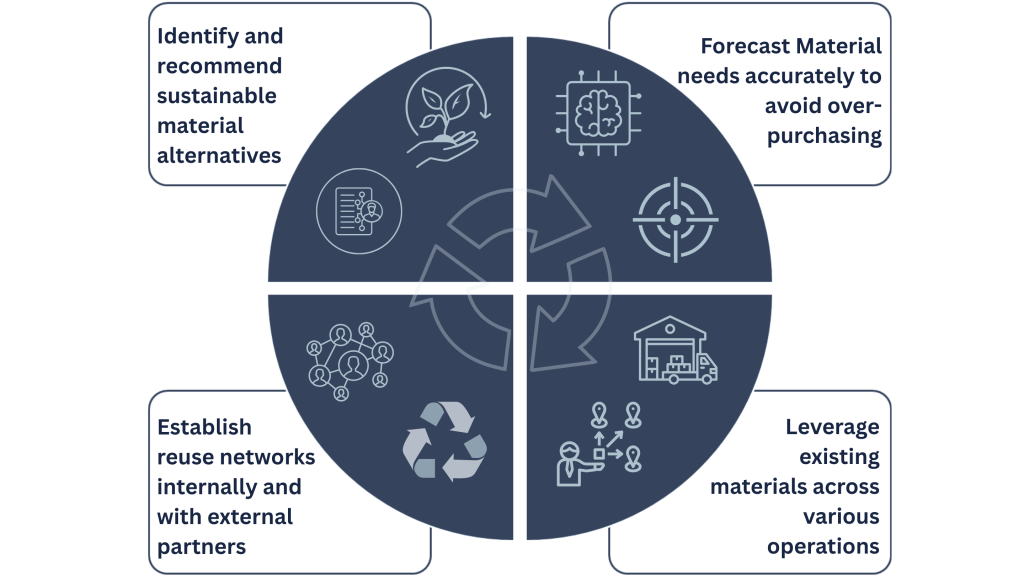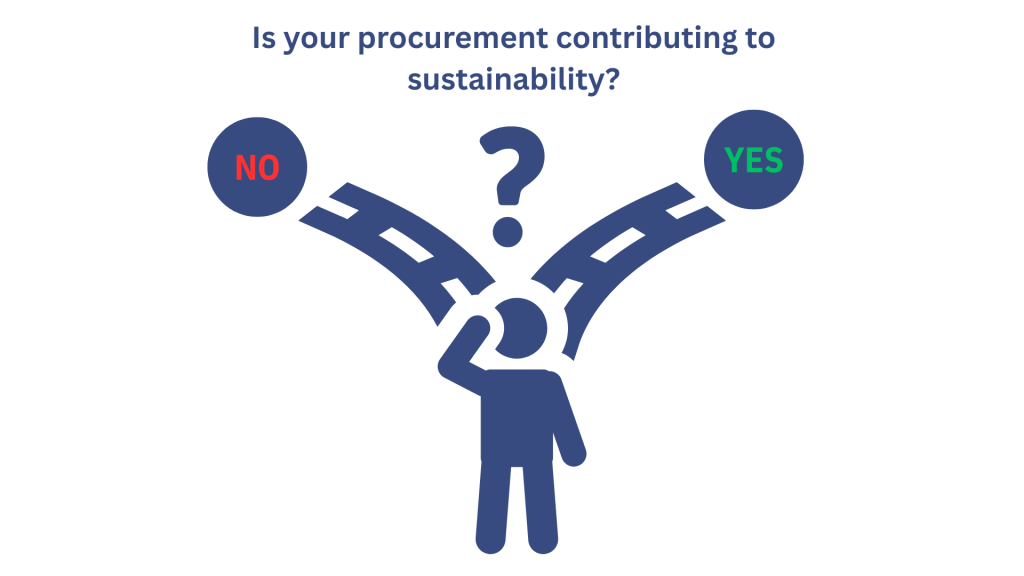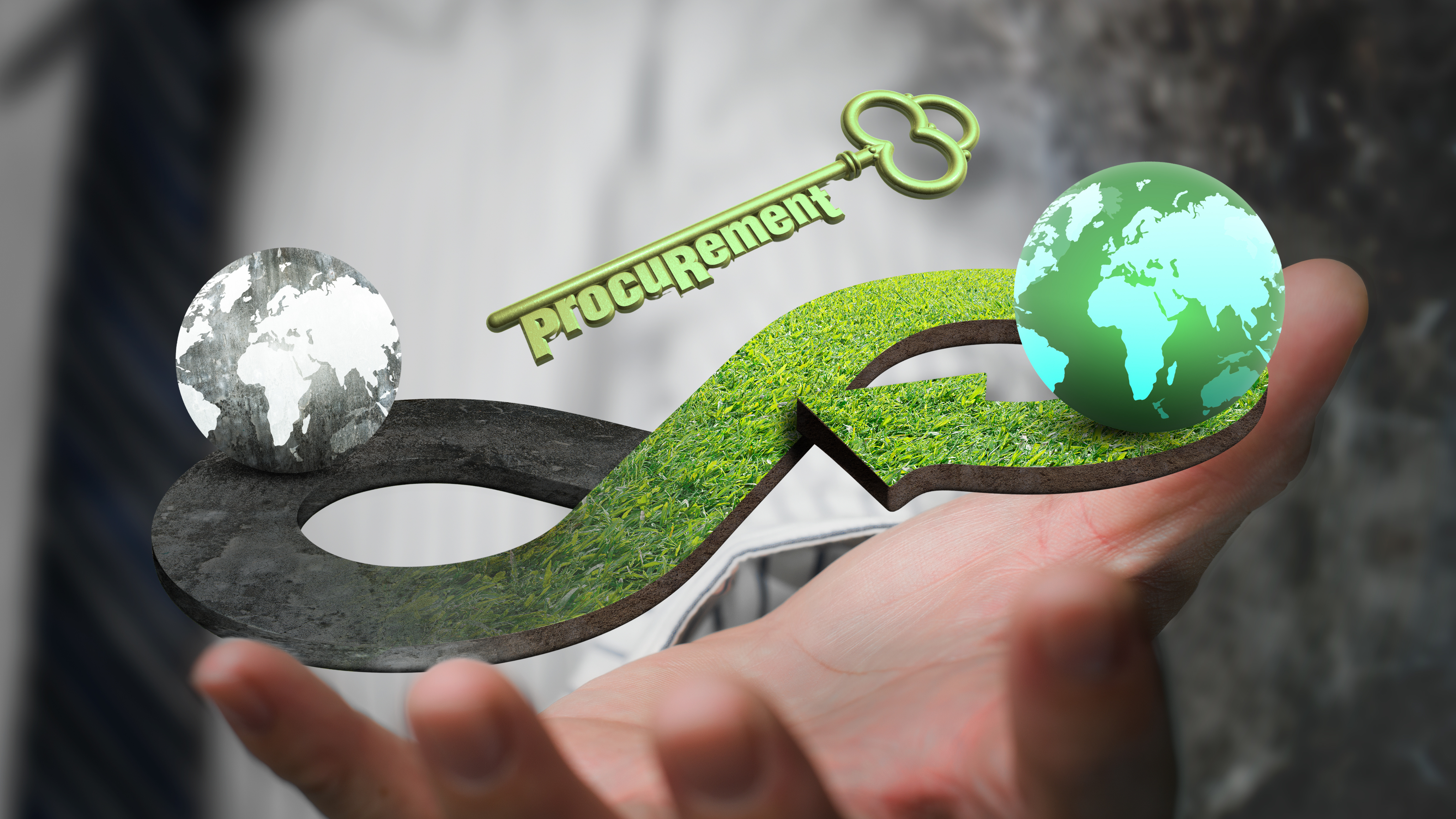Introduction
As global industries accelerate towards infrastructure expansion and energy transition, the Engineering, Procurement, and Construction (EPC) sector finds itself at the center of both opportunity and responsibility. Beyond delivering large-scale projects, the EPC ecosystem is now expected to contribute meaningfully to climate resilience and environmental protection.
According to the World Economic Forum’s 18th Global Risk Report 20231, climate-related risks dominate the top global threats over the next decade. Extreme weather, biodiversity loss, resource scarcity, and ecosystem collapse are no longer distant possibilities — they are unfolding realities shaping every business landscape.
Among the top 10 global risks identified over both the short-term (2 years) and long-term (10 years), climate conditions dominate the landscape:
- Failure to Mitigate Climate Change
- Failure of Climate Change Adaptation
- Natural Disasters and Extreme Weather Events
- Biodiversity Loss and Ecosystem Collapse
- Natural Resource Crisis
- Large-scale Environmental Damage
These risks not only pose direct threats to ecosystems and human well-being but also present operational, financial, and reputational risks to industries like EPC — industries heavily dependent on natural resources, extensive material consumption, and complex global supply chains.
“Mitigating climate risks is no longer solely about carbon offsets or renewable energy adaptation; every possible contribution from industries, across all phases of operations, can collectively make a significant difference. In the context of EPC projects, one of the most impactful levers emerges much earlier — at the procurement stage — where adopting circular strategies can directly influence environmental outcomes.”
The Emerging Role of Circular Procurement in EPC
In the face of escalating climate pressures, EPC firms must fundamentally rethink how they source, manage, and distribute materials. Traditional procurement approaches — centered around bulk buying, overstocking, and linear consumption — are increasingly unsustainable, both environmentally and financially.
This article explores how AI-powered Circular Procurement is not just reshaping EPC operations — but redefining the industry’s contribution to addressing climate challenges and aligning with each country’s vision for shared sustainable goals.
AI-enabled Circular Procurement offers a compelling alternative. Rather than treating procurement as a transactional task, AI empowers EPC firms to build intelligent, connected, and circular supply chain ecosystems.
AI enables organizations to:

This evolution is not just about operational efficiency — it’s about transforming procurement into a force for environmental alignment and national sustainability leadership.
The Traditional Procurement Challenge in EPC
| Challenge | Environmental Impact |
|---|---|
| Overstock and Idle Inventory | Resource depletion and increased embodied carbon |
| Material Waste due to any Scope Changes | New or unused items sent to landfill |
| Lack of Material Reusability | Missed opportunities for reuse across sites |
| Inefficient Supply Chain Logistics | Higher emissions from fragmented storage and transportation |
This paradox — where materials meant to reduce risk now introduce climate risk — underscores the need for a smarter procurement model.
The Need for a Smarter, Circular Procurement Approach
To address these inefficiencies, procurement must evolve into a strategic lever for:
- Resource optimization
- Circular material flows
- Climate-conscious decision-making
- Environmental and financial value recovery
AI is the key enabler of this transformation, turning static procurement into an adaptive, data-driven, and circular function.
AI-Enabled Circular Procurement: Turning Excess into Impact
| AI Capability | Circular Procurement Impact |
|---|---|
| Demand Forecasting Models | Reduce over-ordering by predicting needs based on project parameters |
| Excess Material Visibility | Track and map idle stock across sites |
| AI-Powered Material Marketplaces | Enable reuse, resale, or redistribution of excess materials |
| Sustainable Supplier Intelligence | Evaluate vendors by ESG metrics and circularity criteria |
| Smart Inventory Optimization | Prevent aging and wastage via dynamic redistribution |
| Reverse Logistics Planning | Optimize recovery, refurbishment, or recycling |
From Excess to Impact: The Strategic Shift
Environmental Gains:
- Lower embodied carbon
- Minimized extraction and waste
- Reduced transport emissions
Operational Benefits:
- Cost recovery from idle materials
- Improved supply agility
- Project-to-project stock reallocation
Circular Procurement Ecosystem: The Future of EPC Supply Chains
Imagine a system where:
- Every material is tracked with a lifecycle mindset
- AI surfaces reuse opportunities in real time
- Supplier choices reflect sustainability, not just cost
Circular procurement ecosystems aren’t just efficient — they are intelligent, self-improving, and aligned with environmental goals.
Notably, over 70% of global greenhouse gas emissions stem from material use and extraction (UNDP, 2024)2. Circular strategies, especially in construction and infrastructure, can reduce emissions by up to 40–49% by 2050, particularly through material reuse, recycling, and smart design (UNDP, 2024). In the built environment alone, circular practices could mitigate up to 75% of embodied emissions and generate an estimated $360 billion in additional value by 2050 (Reuters, 2024)3.
From Procurement to Purpose: Rethinking the EPC Value Chain
Climate disruption is no longer a future risk — it is a daily operational reality. The EPC sector, given its scale and material intensity, must become a driver of proactive environmental transformation.
AI-enabled circular procurement elevates this function from cost management to environmental intelligence. It uncovers invisible excess, enables smarter decisions, and repositions procurement as a bridge between engineering, economy, and ecology.
By embedding circular thinking and leveraging AI, EPC organizations can evolve procurement into a force that aligns with and advances national climate ambitions worldwide.
Final Thought
What if the materials we treat as surplus are actually signals — pointing to smarter, more sustainable ways of building? In every idle item lies untapped potential. With AI-powered circular procurement, waste transforms into value, and procurement becomes a lever for lasting impact.

Is your organization starting to think about how daily procurement choices shape our climate future? If not, there’s no better time to begin
Reference





